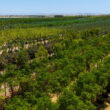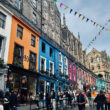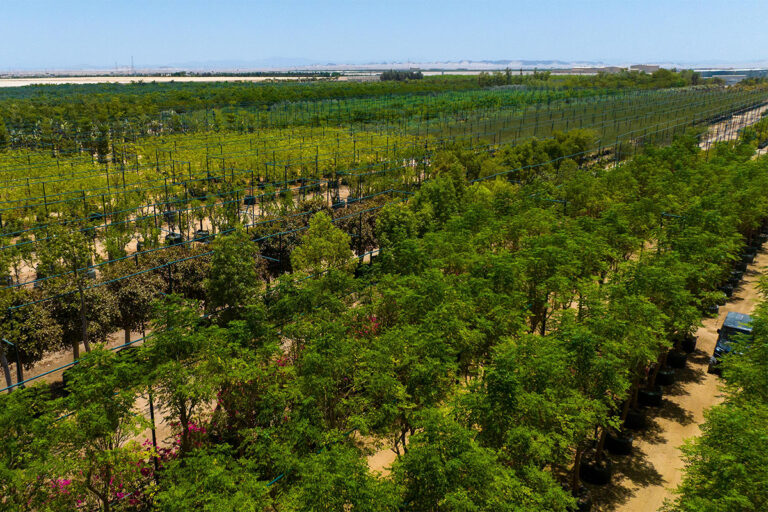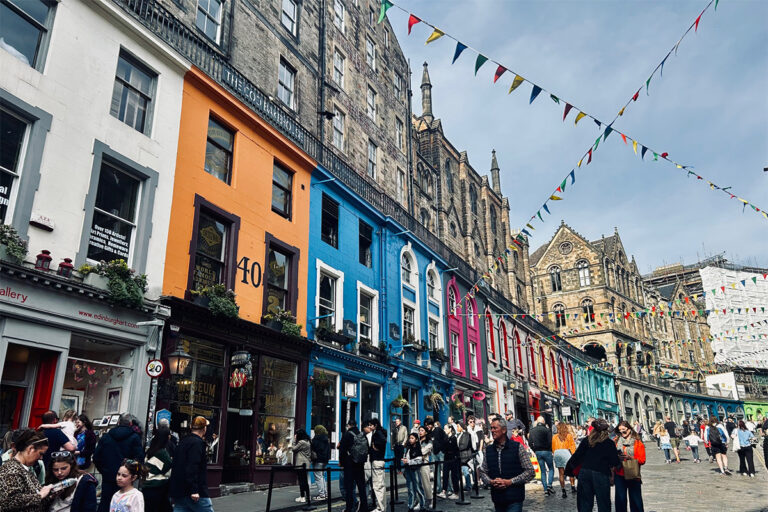In five years, it installed 32 million smart meters across Italy, establishing two-way communication with its customers and collecting data on consumption, contract parameters and the quality of electricity supply.
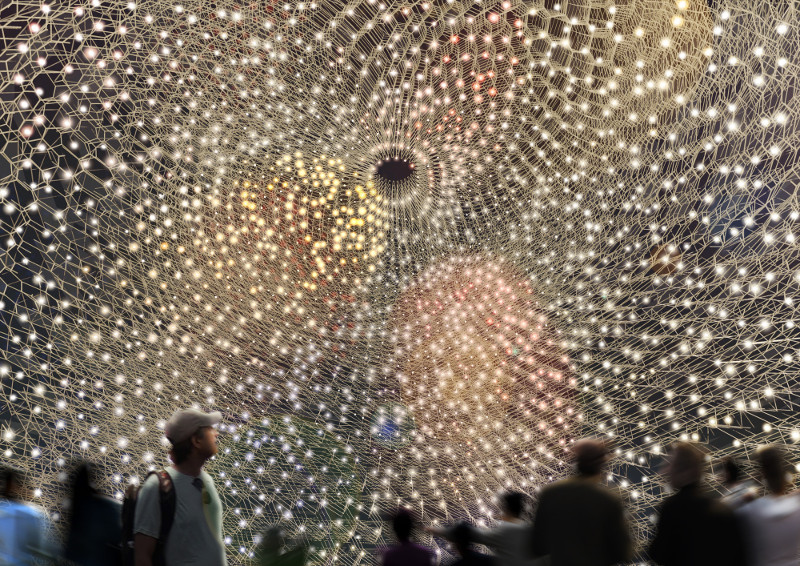
Today, it has seven million smart meters in Spain and plans to reach all 13 million customers in the near future. Meanwhile, Enel’s Open Fiber group began laying a $2.8-billion, ultra-fast network in Italy in September that will reach 224 cities and towns nationwide by 2020. This will connect the next generation of 32 million Enel Open Meters, permitting faster and more flexible data measurement to respond to its clients’ desire to optimize energy use and efficiency.
As the global population migrates to urban areas and demand for services mostly powered by electricity increases exponentially, Enel’s vision of the Smart City is focused on convergence. Power networks, telecommunications, transportation and other infrastructure that makes cities tick will need to be upgraded in terms of capacity, responsiveness and quality service.
Once Enel has the high-speed hardware in place to connect millions of homes and businesses to its grid, it will be able to deliver almost any service required, now and in the future.
“Our grid has a very smart architecture; not just electricity but also water and heat,” says Enel’s head of global infrastructure and networks, Livio Gallo. “With intelligent substations, we can collect data from sensors about air pollution, wind speeds, temperature, even waste. Using these connections, we are creating an Internet of Things.”
The next step, Gallo says, will be redefining the relationship between power providers and consumers and transforming bilateral communication into commerce. Using decentralized storage and smart distribution, customers will be able to draw down power from the grid if they need it, and inject energy back into the network when they have a surplus and renewable generating capacity does not satisfy demand.
Analyzing big data, balancing usage and demand, providing on-demand power when possible and purchasing from prosumers as required, Enel aims to work with urban managers on smarter sustainable solutions for tomorrow.
“Municipalities have to have a clear plan. They play a major role in the development of infrastructure,” Gallo says. “When you talk about smart cities, you’re talking about smart customers and smart institutions.”![]()

